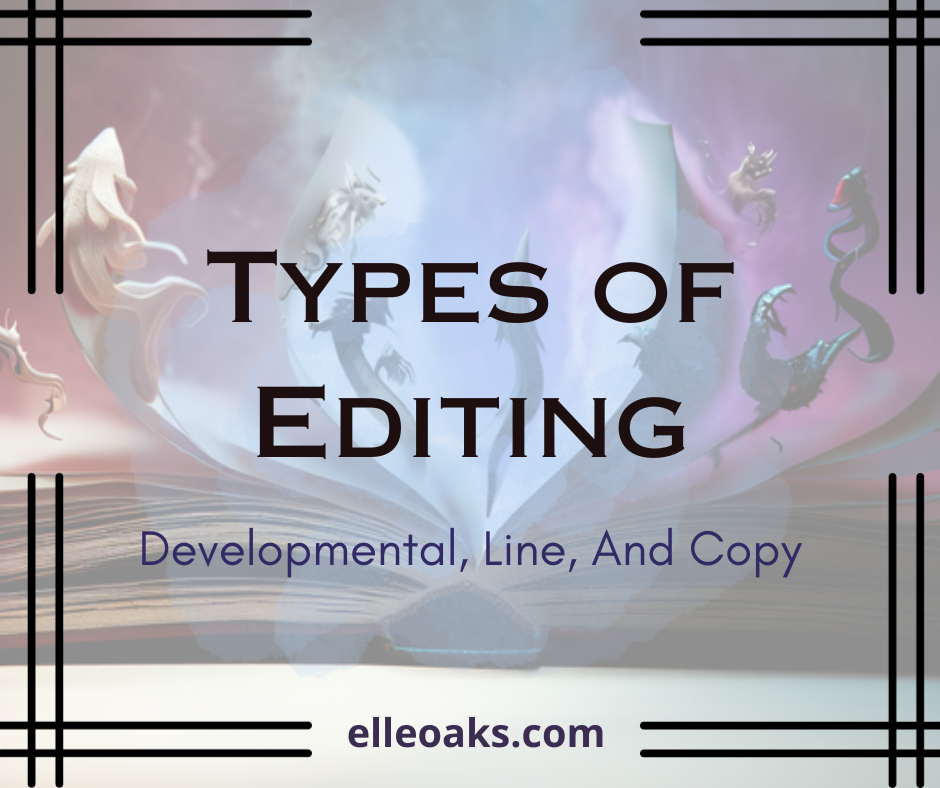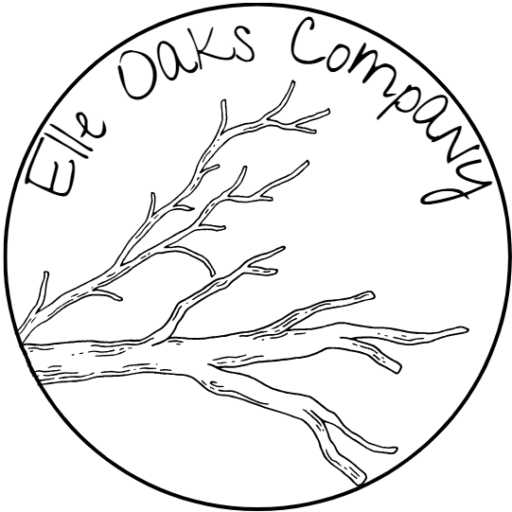Writing the book is only a small part of the publishing process. The next step of book publication, and one that can take just as long, if not longer than the first draft, is the editing phase. There are not many who will disagree that a book needs edited before being released into the world, but few will explain just how many ways there are to edit that unpolished manuscript. We’re going to talk about the different types of editing and explain why each is a crucial part of the process to publication.

Developmental Edits
Have you ever read a book and noticed plot holes or inconsistencies? Ever noticed that there are scenes that feel like fluff? Or entire plot points or character arcs fail to hold meaning because they weren’t fleshed out enough?
These are problems that can be solved during the Developmental Edit.
In a developmental edit, one is looking for such problems with a story as mentioned above. And it is more so about the story than the craft of the writing. If you are an under-writer, this could mean adding in or expanding scenes to help further develop ideas and concepts. This could also mean adding in further character interaction or worldbuilding to truly create a memorable experience for the reader.
This is one of the most crucial edits, as it could make or break your story. In this edit, the writer is most certainly always going to be involved as their knowledge of the story is absolutely necessary in fixing anything that is not working or is detrimental to the story being told.
Line Edits
Line edits are more focused on the writing craft than the actual storytelling aspect. I look at this edit as evolving every line, literally going sentence by sentence and asking, “Is there a better way to say or express this?”
When line editing, one is looking at instances of telling rather than showing. One is looking to remove filler words. Add voice to the text. Vary up sentence structure to create a good pace and rhythm that won’t discombobulate the reader or lead to confusion.
When doing line edits, I always ask these three questions:
- Does this line add to the plot?
- Does this line help establish a character or relationship in anyway?
- Does this line contribute to worldbuilding?
If the answer is “No” to all the above, I either have to delete the sentence, or shape it in a way that will include some piece of crucial information. Line edits are most beneficial to over-writers as examining a scene line by line will help cut down unnecessary wording and redundancies.
Copy Edits
A copy edit is very similar to a proofread in that it involves checking spelling, grammar, and correct usage of language and punctuation in the text. This could also include ensuring no tense changes or perspective changes, which can happen even to those of us who have years of writing experience.
The copy edit should be the last type of edit done on a manuscript. Why? Because even if you perform the copy edit first, if there are any scene or line changes done during the process of the developmental and line edit, then you will definitely need to check and ensure grammar and spelling are good before hitting “Publish.”
This is the simplest edit by nature and yet it is also the one that can create the greatest problem for authors new and old. But why? Because when a writer gets too close to their work, it is very easy for the mind to autocorrect spelling errors or missing words, change an incorrect use of grammatical language so that the sentence makes sense to the skimming mind.
During my line edits, I apply several ways to help trick my brain into thinking it is the first time it’s read the story:
- Use a read aloud capability to hear your story read to you. This will help you catch errors that you would miss skimming because this function will not skip over any errors like your mind might do.
- Change font size or font typing. Not sure why it works, but it does.
- If able, print out your work and read it as a physical document.
Conclusion
There are many types of edits that need done to a manuscript before hitting “publish” and they are all very different in their functions but very important to the final product that you will be trying to sell. Understanding the differences between the types of edits will allow you to approach your first draft in a more pragmatic way upon review. Many new writers believe that editing is all about the proofread, but after reading this, I hope you now understand just how varied the editing process can be and that it will take more than one pass of your draft to polish it into a fine diamond!
If you want to practice your editing skills right away and sharpen them into a fine tool in time to edit your first draft when complete, pick up a novel, any novel, and ask what could have been done differently or what it did just right. Look at sentence structure. Analyze scenes and the beats of the story. Ask yourself if anything is missing. Do the characters have agency and arcs that make sense? Are there any plot holes? Was the world and setting clearly established in a way was natural to the story? Exercising your editing muscle will only strengthen your writing muscles.
Tell us about how you edit in the comments below! What are your biggest questions when delving into edits of your first draft?
Want more? Check out our other blog posts on writing by clicking here.
Are you a fan of reading fantasy or contemporary romance? Check out our books here!


